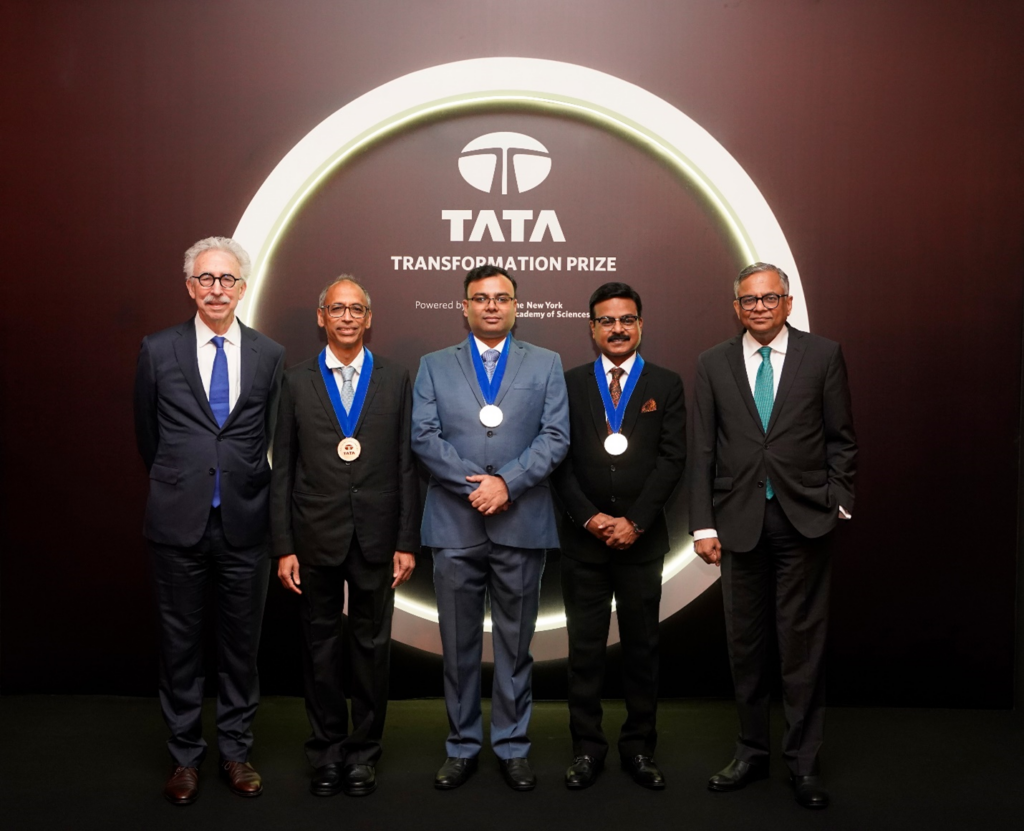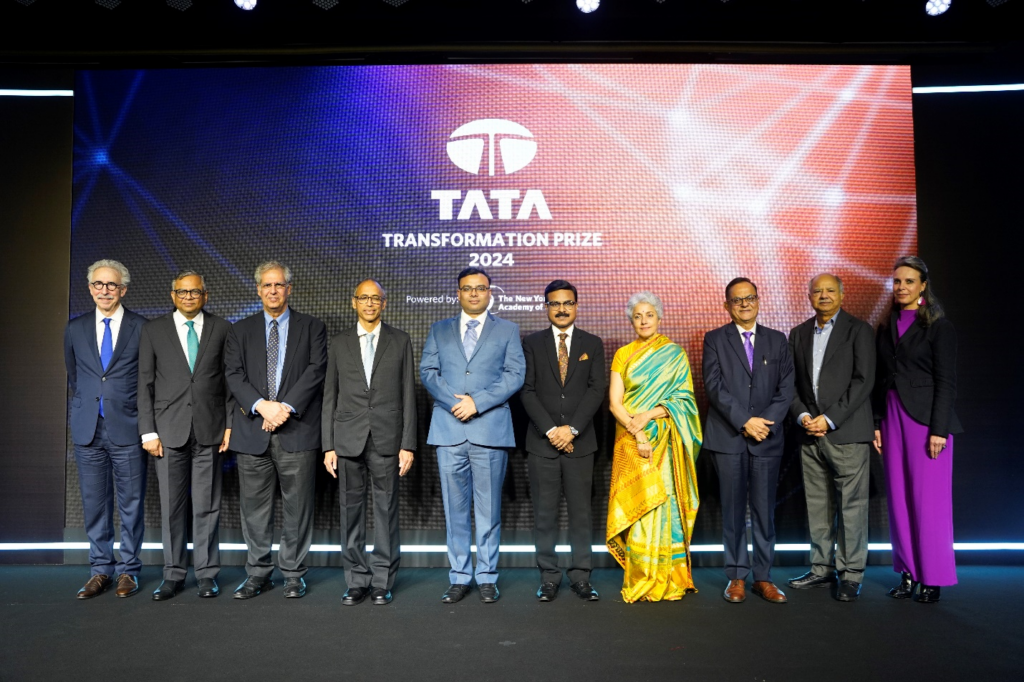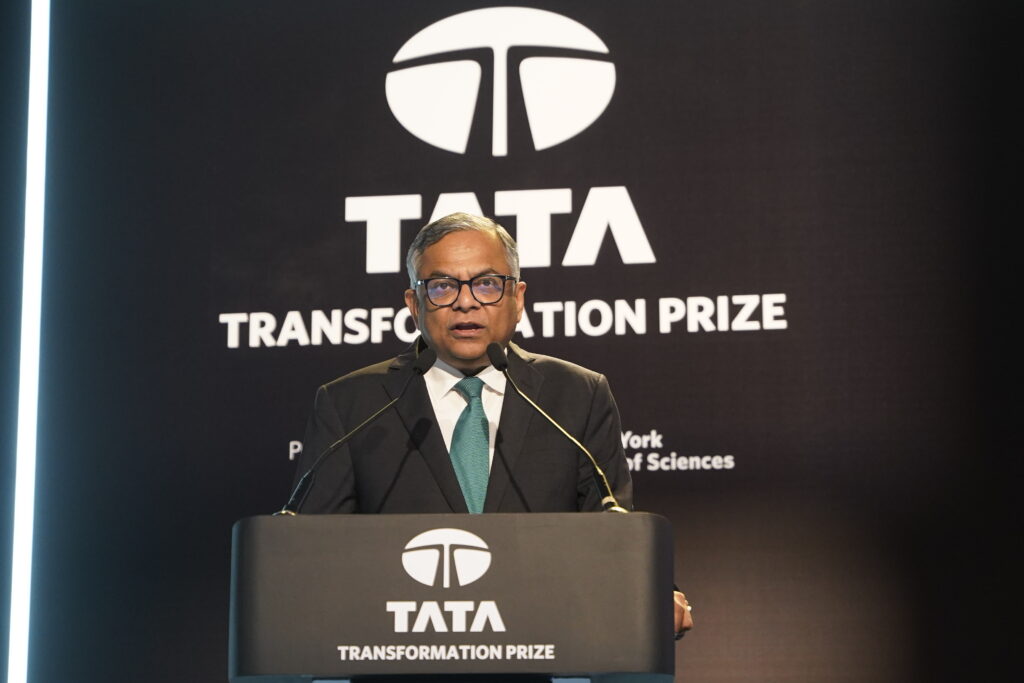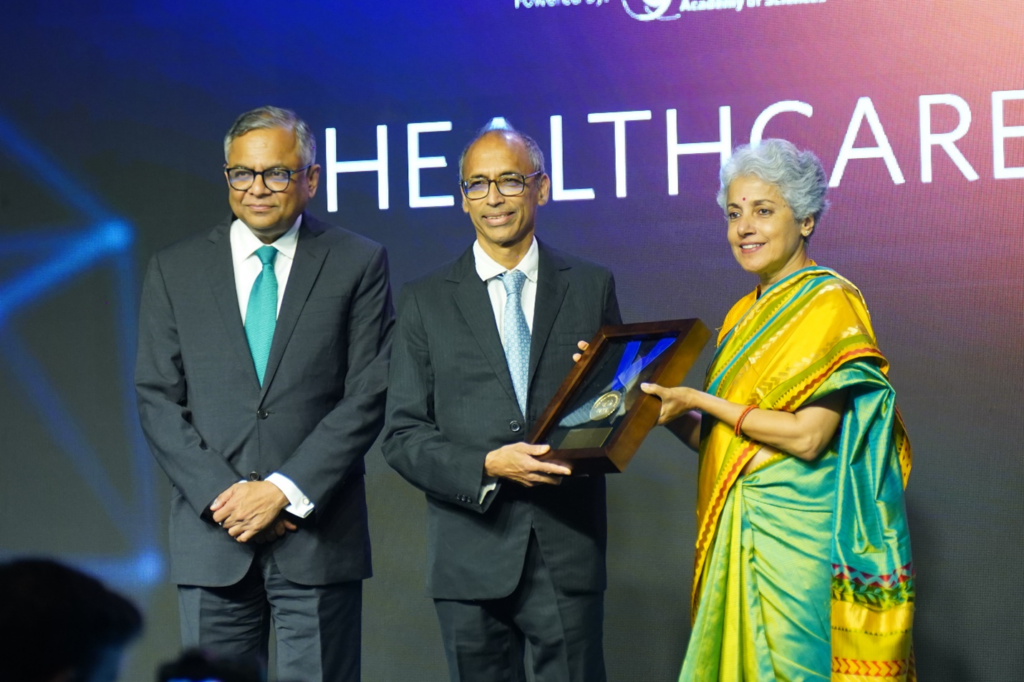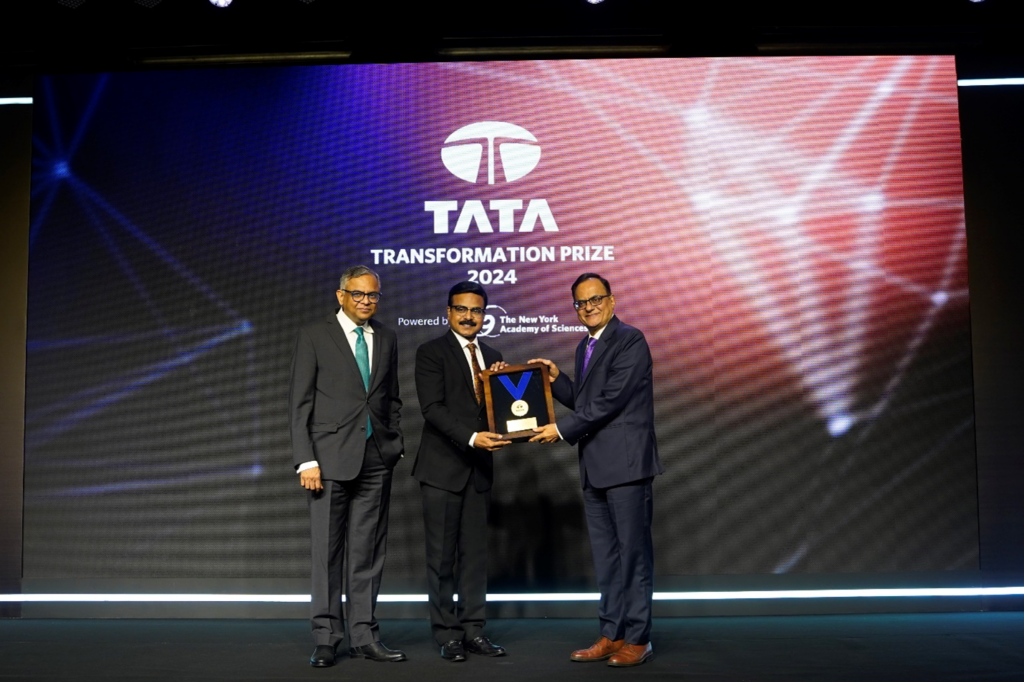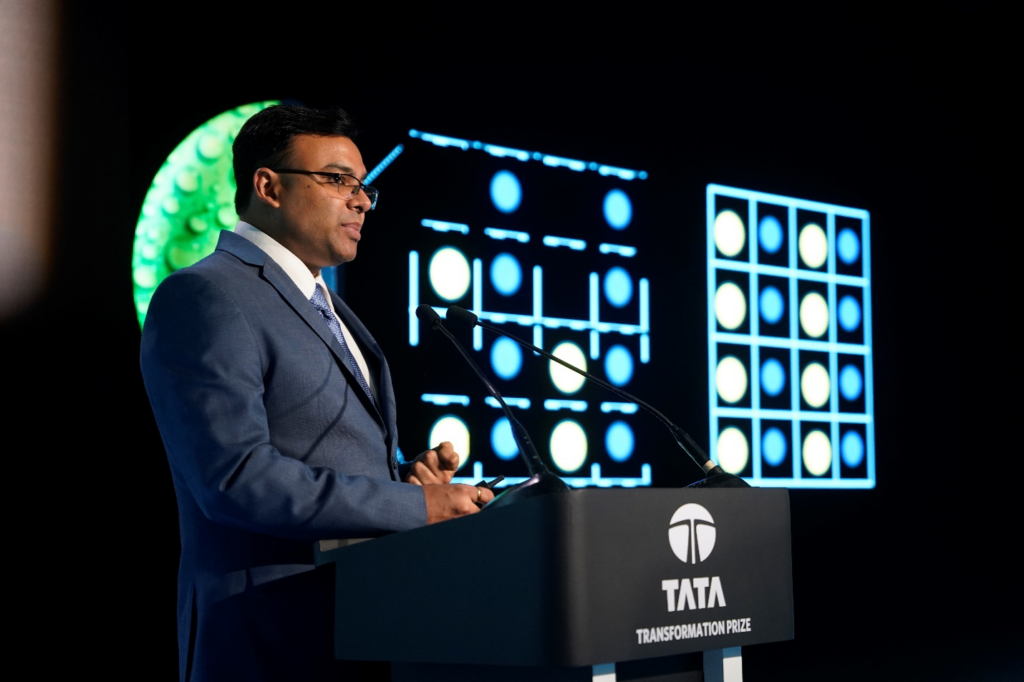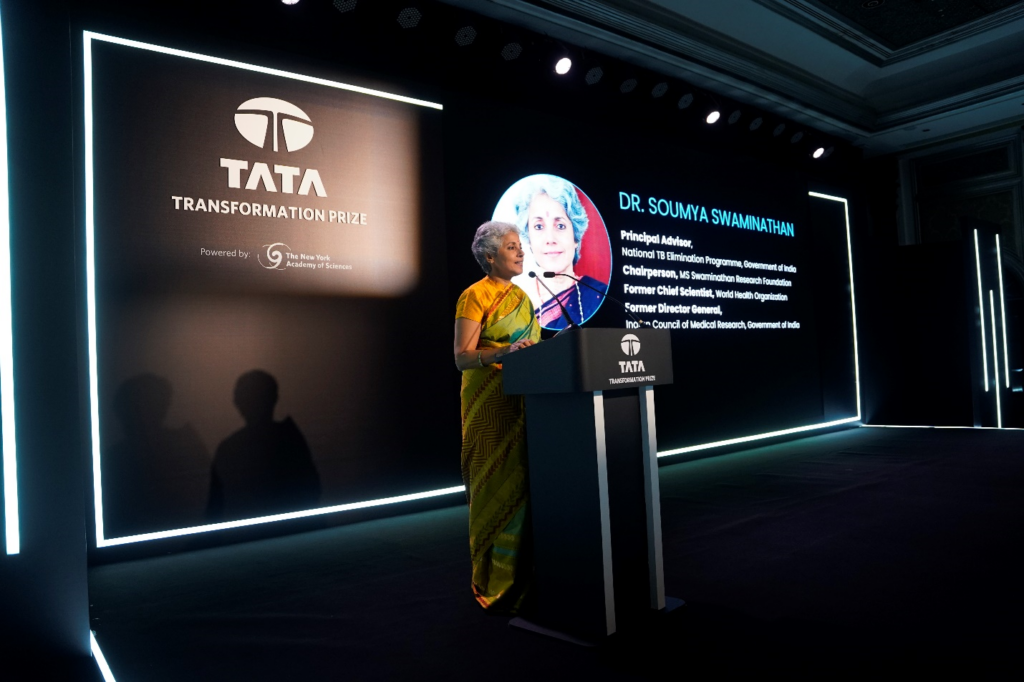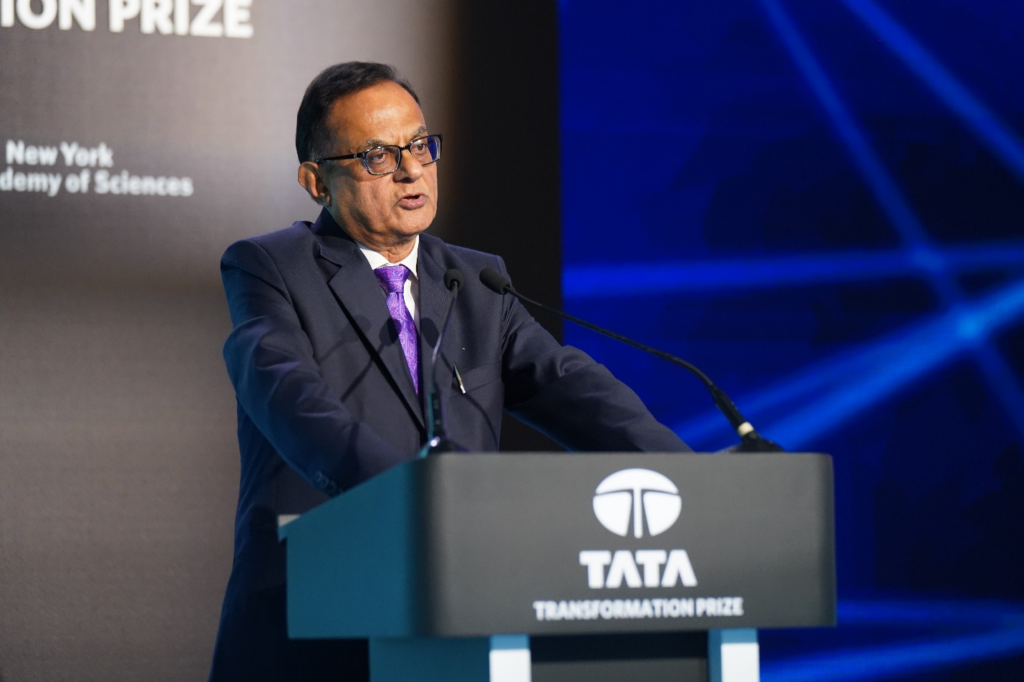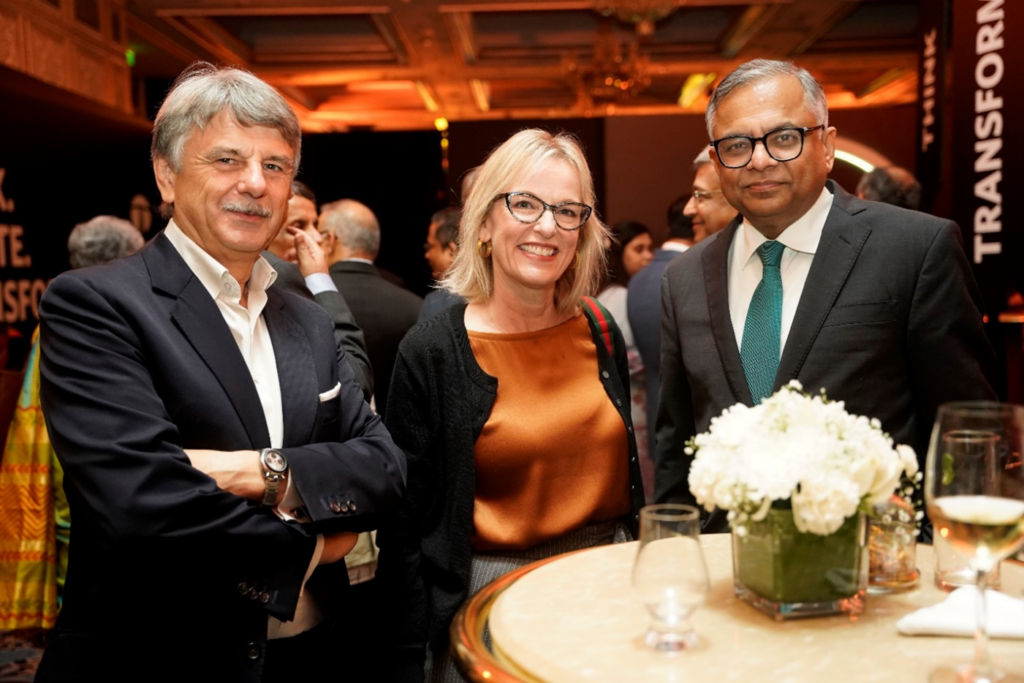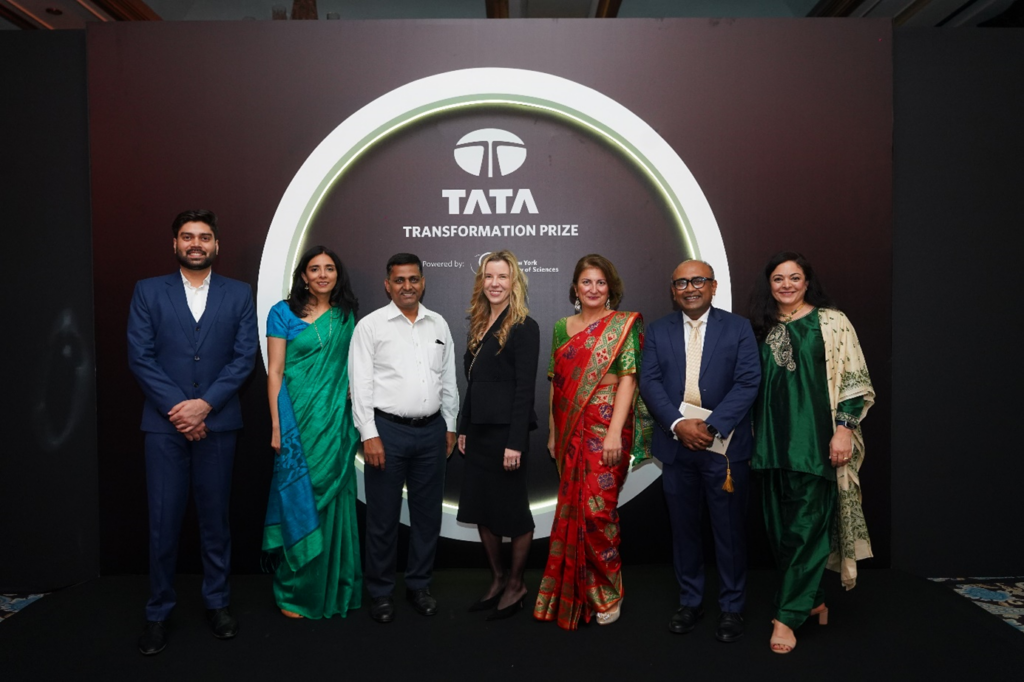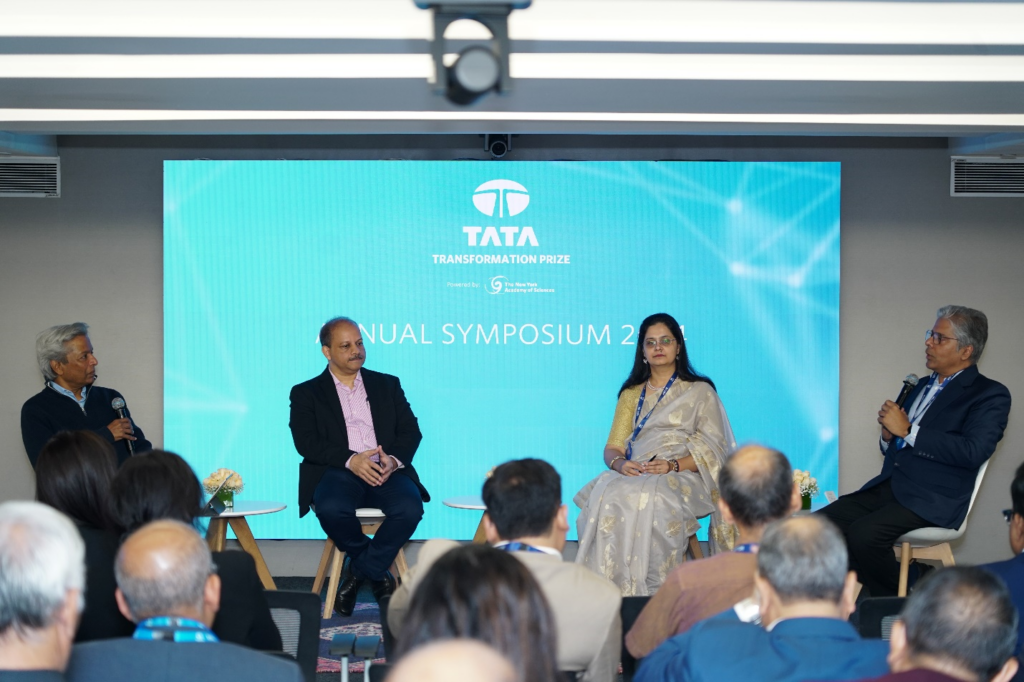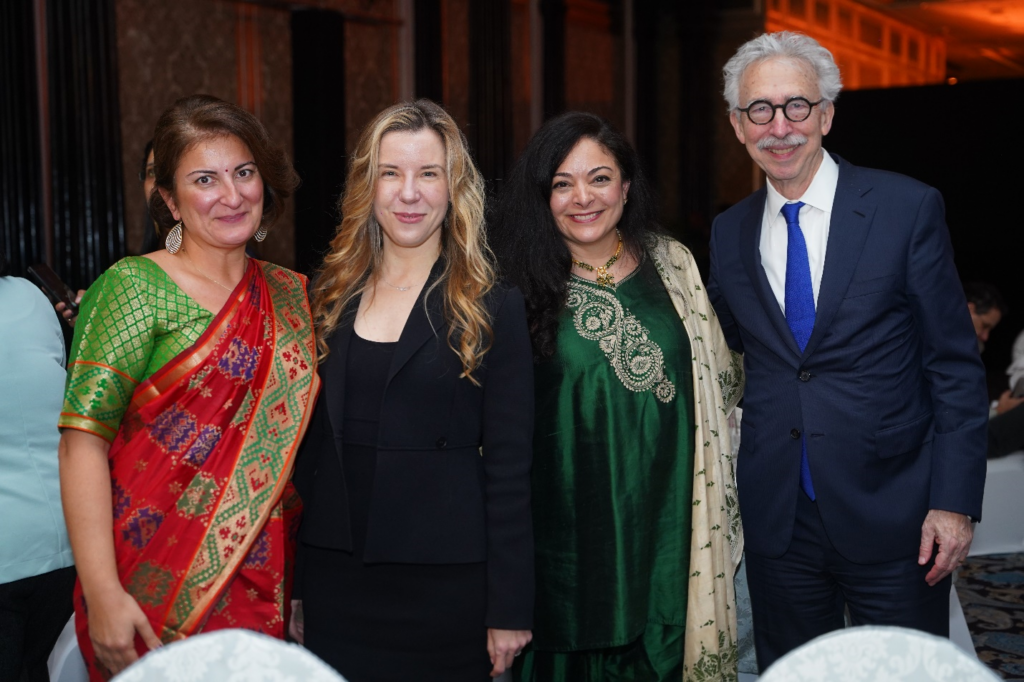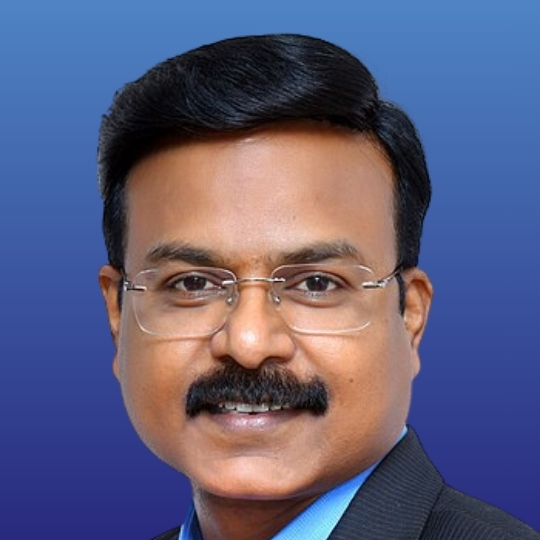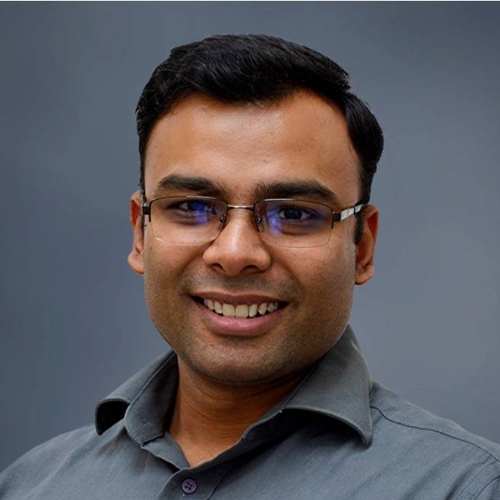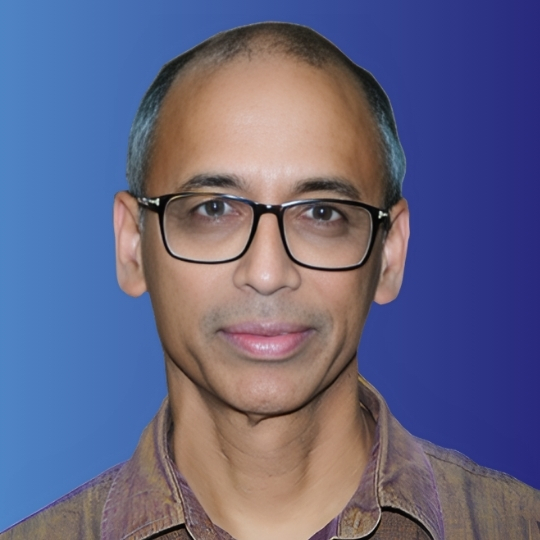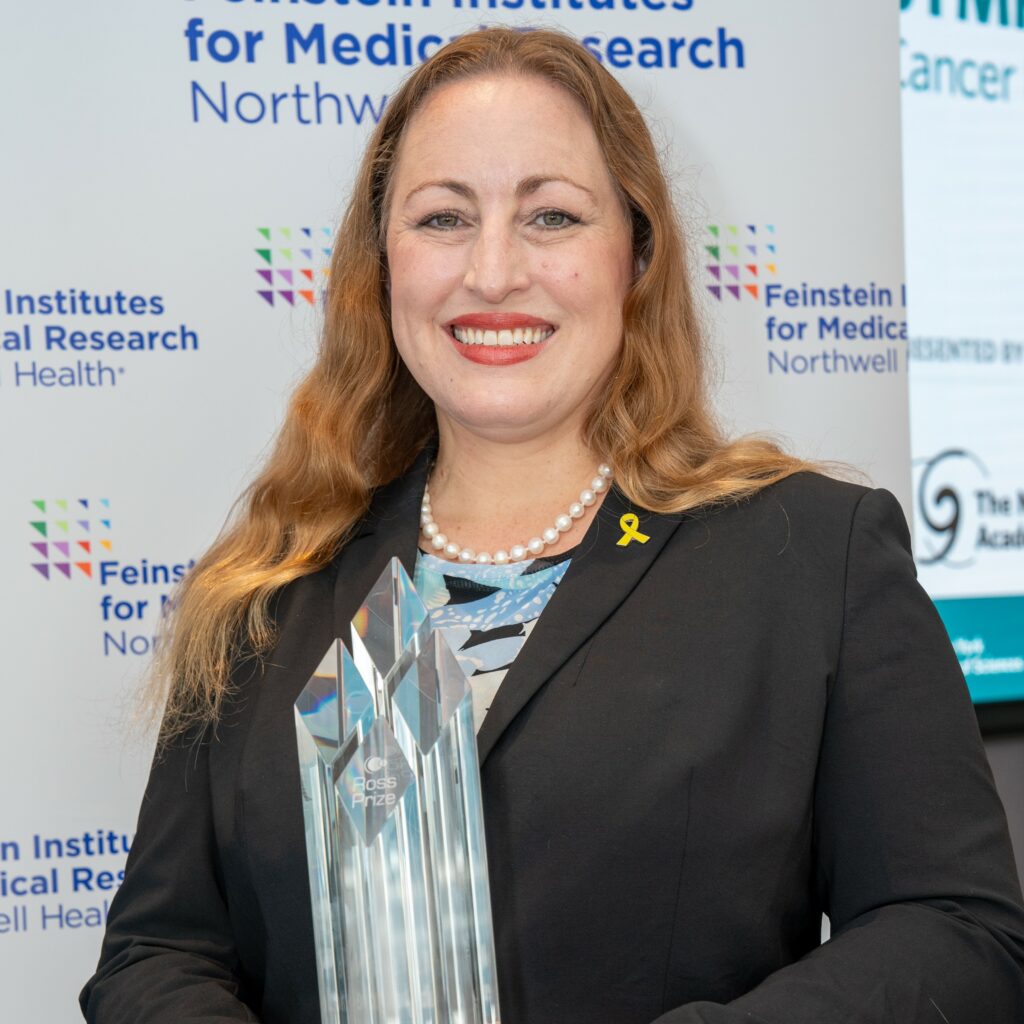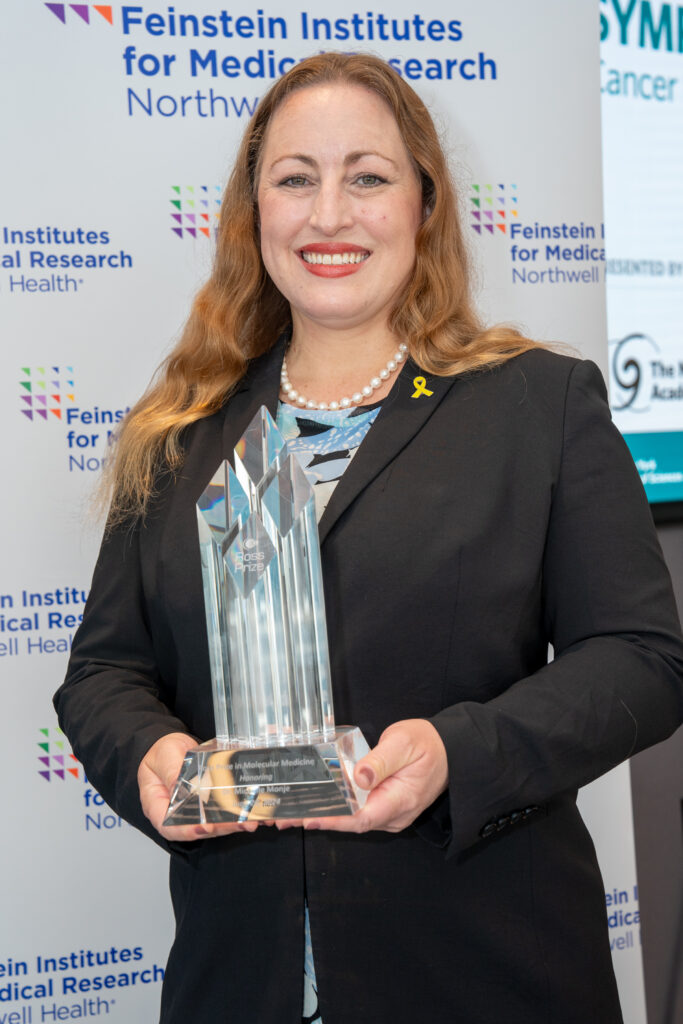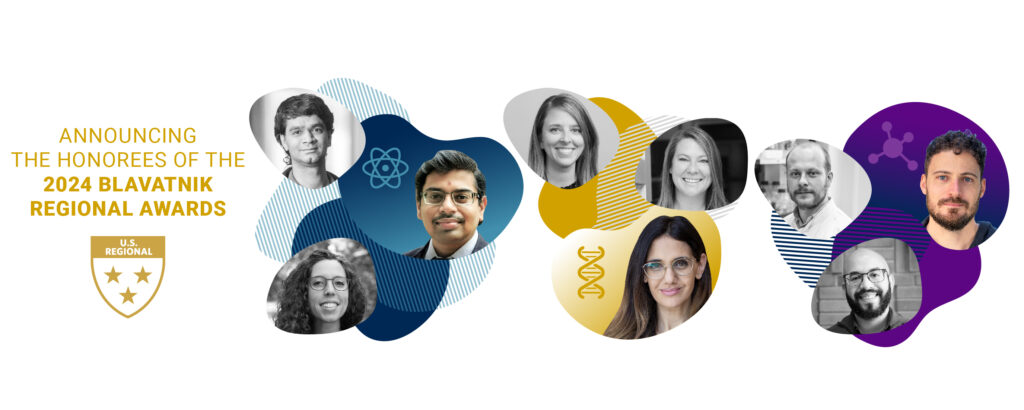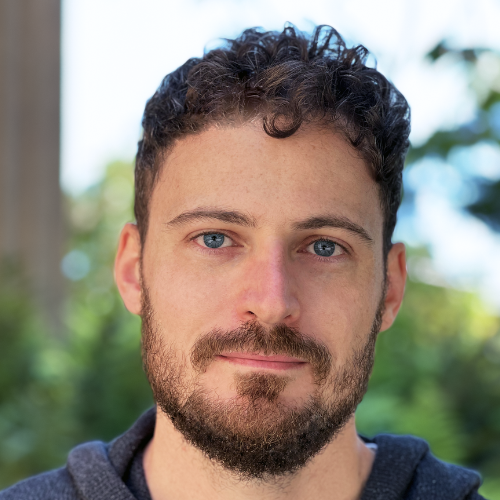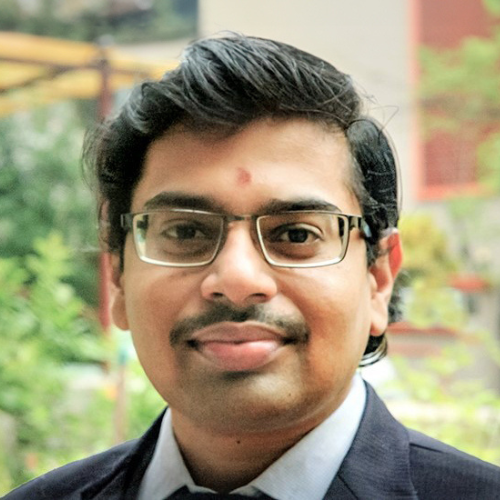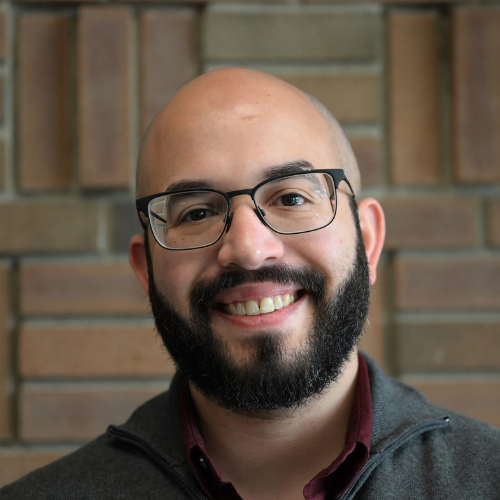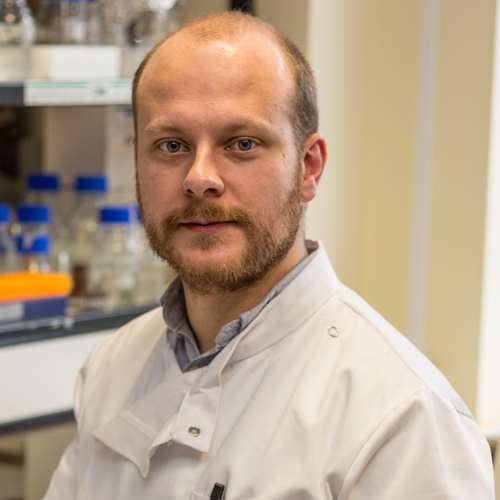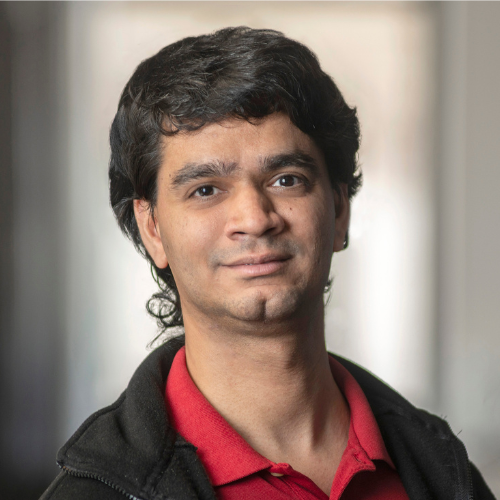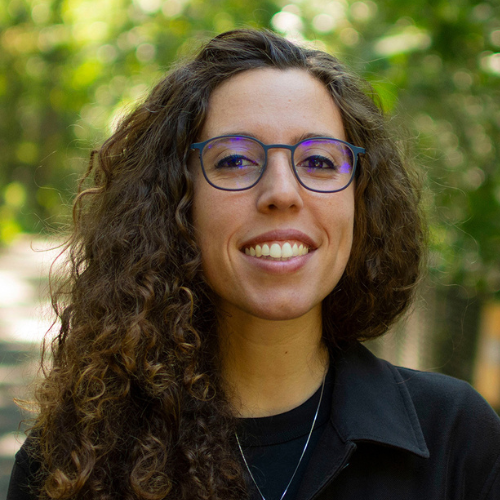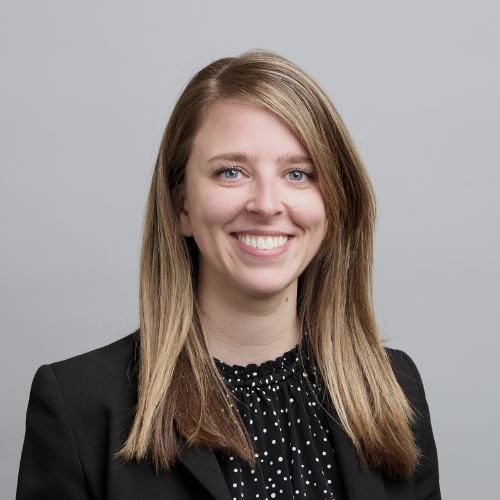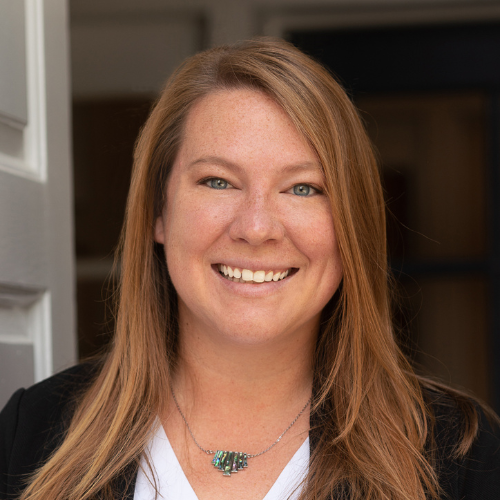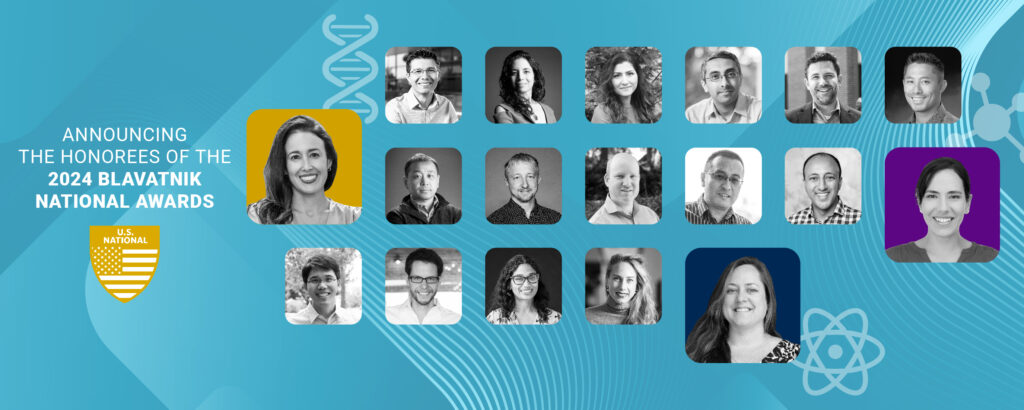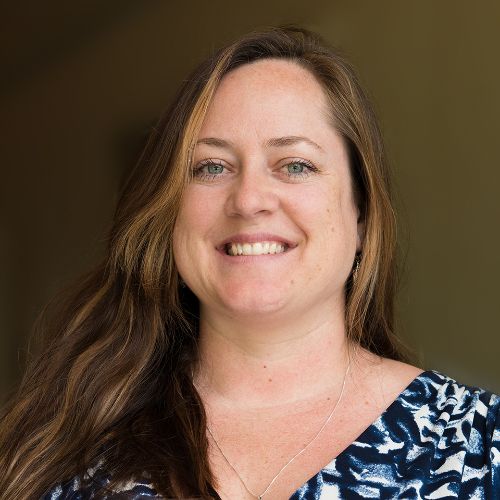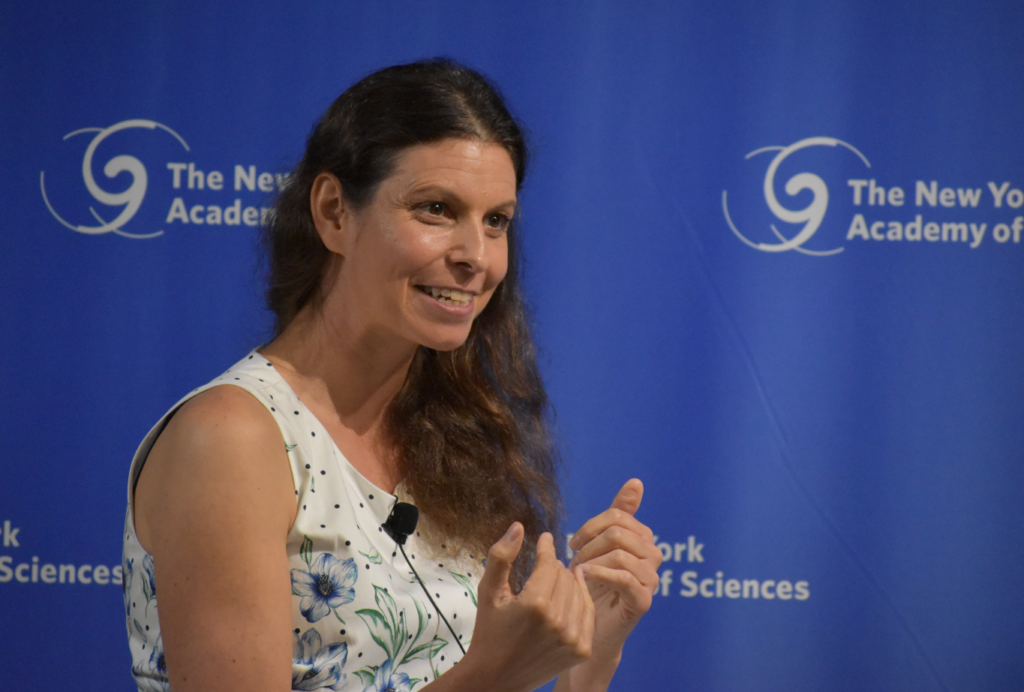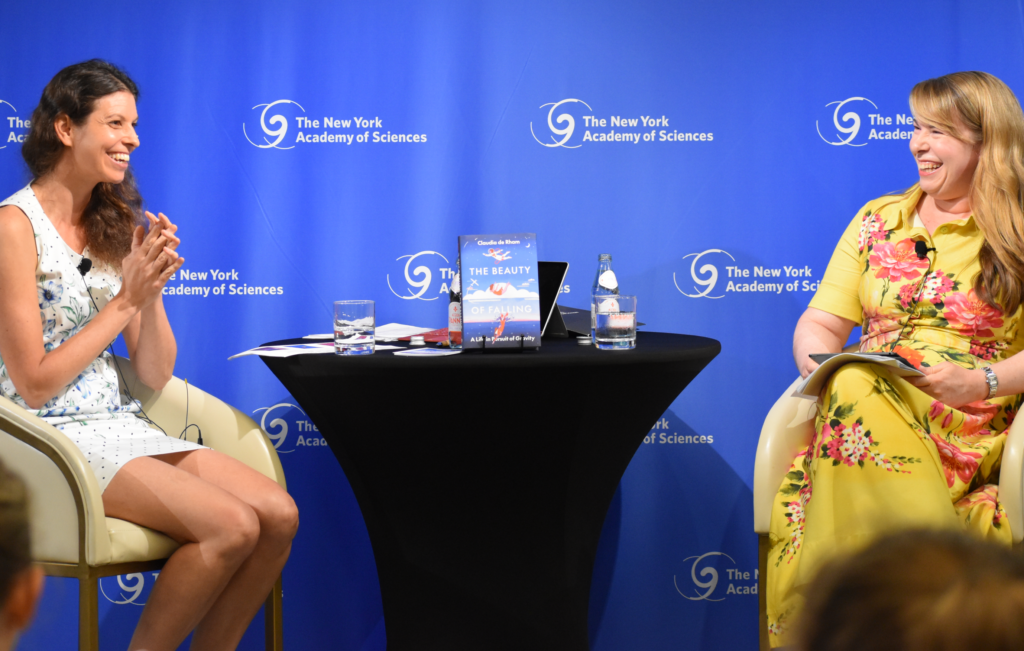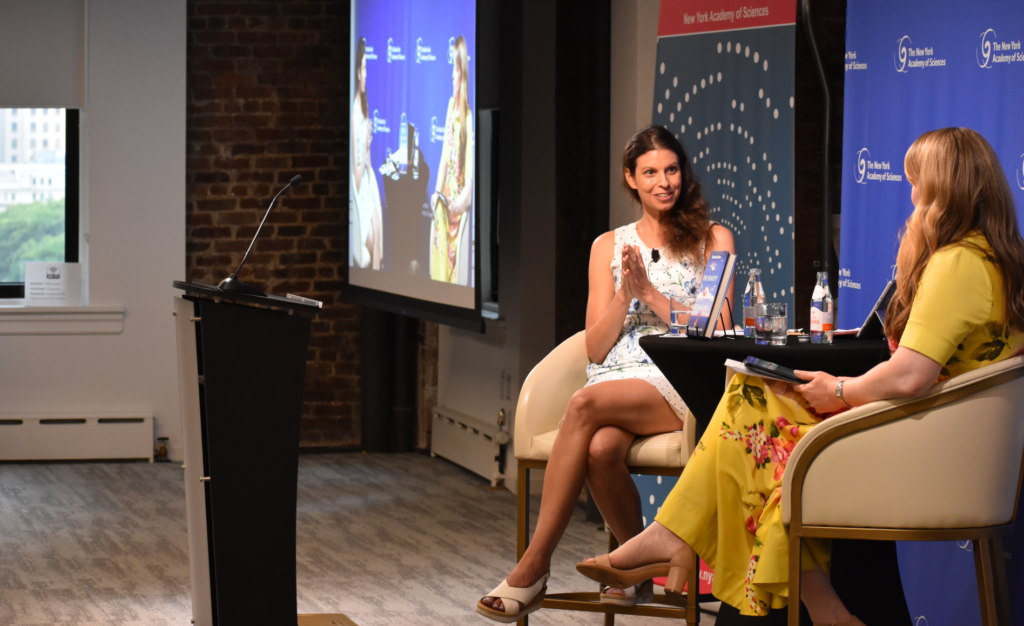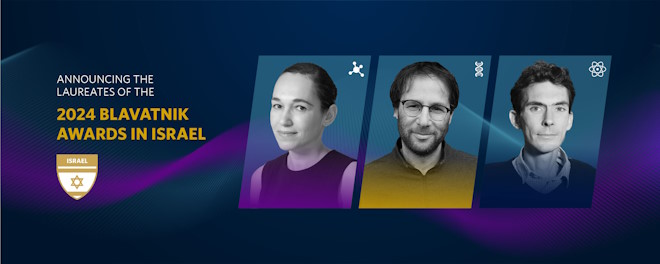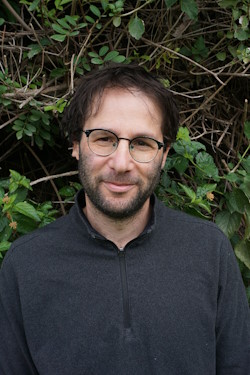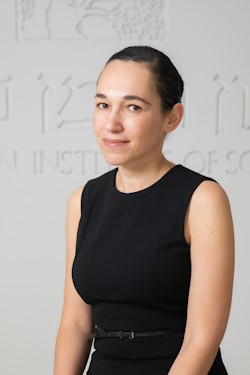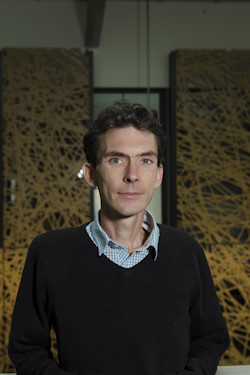
Laureates honored at The Orangery, Kensington Palace
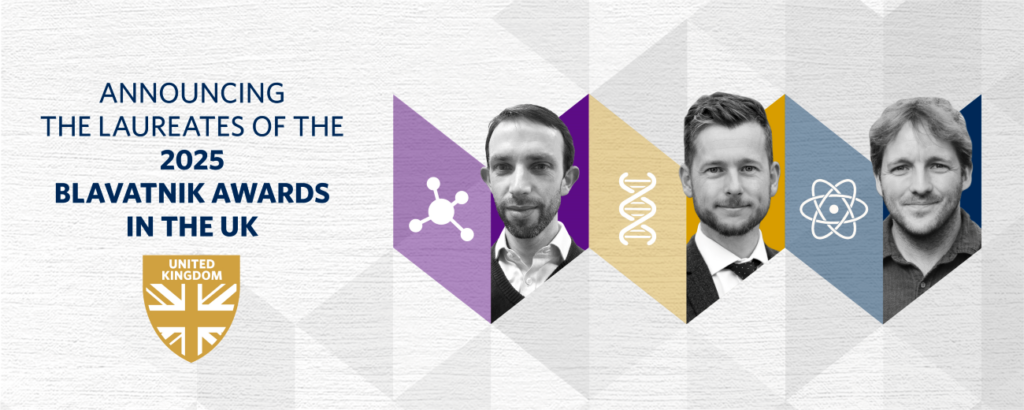
LONDON—March 4, 2025—The Blavatnik Family Foundation and The New York Academy of Sciences are proud to announce the 2025 Laureates of the prestigious Blavatnik Awards for Young Scientists in the UK.
As the largest unrestricted prize for UK scientists under the age of 42, the Blavatnik Awards celebrate Britain’s greatest young minds in their fields. This year, the three Laureates—each awarded £100,000 (US$126,000) in unrestricted funds—were chosen from a shortlist of nine finalists, representing some of the brightest young scientific minds across the UK.
Among them, the three Laureates are tackling some of the most complex and pressing issues in science and society: infant mortality, green manufacturing and predicting long-term climate change.
Tonight’s prize-giving gala at The Orangery, Kensington Palace highlighted the growing impact of regional universities in driving scientific breakthroughs.
The winners of this year’s Blavatnik Awards for Young Scientists (UK) are:
- Life Sciences Laureate: Prof. Christopher Stewart (Newcastle University): Christopher leads a laboratory where groundbreaking research on microbiome-based therapies for pre-natal infant mortality is already making a life-saving impact.
- Chemical Sciences Laureate: Prof. Liam Ball (University of Nottingham): Liam has transformed green manufacturing on an industrial scale, developing safer and more efficient methods of producing pharmaceuticals and agrochemicals with minimal environmental impact.
- Physical Sciences & Engineering Laureate: Prof. Benjamin Mills (University of Leeds): Benjamin is transforming our understanding of climate change on earth and in space with revolutionary methods to predict long-term climate change. His research not only uncovers Earth’s climate history over billions of years, but also how other planets might evolve to support life.
“We created the Blavatnik Awards to honor promising scientists, early in their careers, where unrestricted financial support and public recognition will give them the confidence to take bold risks in their scientific research that address the world’s most complex and urgent scientific challenges,” said Len Blavatnik, Founder of Access Industries and the Blavatnik Family Foundation.
The Ceremony
The announcement was made at a black-tie gala, held this evening at The Orangery at Kensington Palace, hosted by Len and Emily Blavatnik and presented by Professor Shitij Kapur, Vice-Chancellor and President of King’s College London. Each Laureate shared their prize-winning research with the country’s leading figures in research, academia, business and the arts.
In his opening remarks, Professor Shitij Kapur, FMedSci, Vice-Chancellor & President of King’s College London and internationally renowned psychiatrist and neuroscientist, told this year’s honorees: “As pioneers in your fields – your voices count. And in your own way, taking your own steps, as King’s graduate Bishop Desmond Tutu says, ‘you can change the world.’ And that is what we will hear about tonight – how your science is changing the world.”
In his ceremony remarks, Nicholas B. Dirks, President and CEO of The New York Academy of Sciences and Chair of the Awards’ Scientific Advisory Council, commented on the program’s magnitude: “Since their inception, the Awards, administered by our Academy, have received close to 7,500 applications from over 450 research institutions across the US, the UK, and Israel. Over these 18 years, the Blavatnik Awards have recognized 540 scientists from 120 research institutions, a testament to the program’s growing international reach.”
Among the distinguished guests were 2014 Nobel Prize Laureate, Prof. John O’Keefe from University College London (UCL); 2019 Nobel Prize Laureate, Didier Queloz from the University of Cambridge and ETH Zurich; American-British business leader, Lady Lynn de Rothschild and Lord Maurice Saatchi; Former CEO of British Petroleum, Lord John Browne; President-Elect of the Royal Society of Medicine, Prof. Gillian Leng; Vice-Chancellor and President of the University of Bristol, Prof. Evelyn Welch; President and Provost of UCL, Dr. Michael Spence; and Physicist and Chairman of the Giant Magellan Telescope, Dr. Walter Massey.
The Blavatnik Awards
The Blavatnik Awards for Young Scientists are the most substantial unrestricted awards available to UK scientists under the age of 42. Since their establishment, the Awards have recognized over 70 honorees from more than 100 research institutions. To date, the Blavatnik Awards have contributed more than £3.1 million (US$3.9 million) to UK research.
Blavatnik Awards honorees have gone on to found 50 companies, with six now publicly traded, collectively valued at over $12 billion. In total, Blavatnik Scholars have been granted over 7,300 patents. By the end of 2025, the Blavatnik Awards will have awarded nearly $20 million in prizes across their global counterparts in the UK, US, and Israel.
The Laureates
Life Sciences Laureate
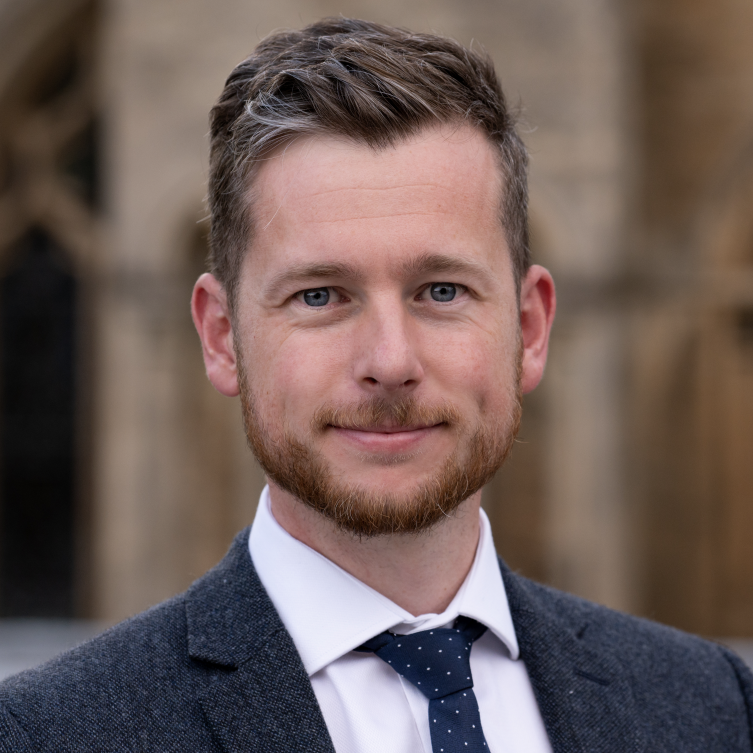
Microbiologist Christopher Stewart, PhD, Newcastle University, is a pioneer in global health, developing microbiome-based approaches to prevent necrotising enterocolitis (NEC), the leading cause of death in preterm infants. Stewart’s work revealed the role of human breast milk in shaping the gut microbiome in premature infants, by providing abundant sugars that serve as an energy source for beneficial bacterial species. Stewart has also established a novel premature gut organoid model and probiotic strategies to address NEC. This work is changing both local and global clinical practice, including clinical trials to improve infant nutrition and microbial-based therapy for premature infants in low-resource settings. Stewart is the first Blavatnik Awards Laureate from Newcastle University.
Chemical Sciences Laureate
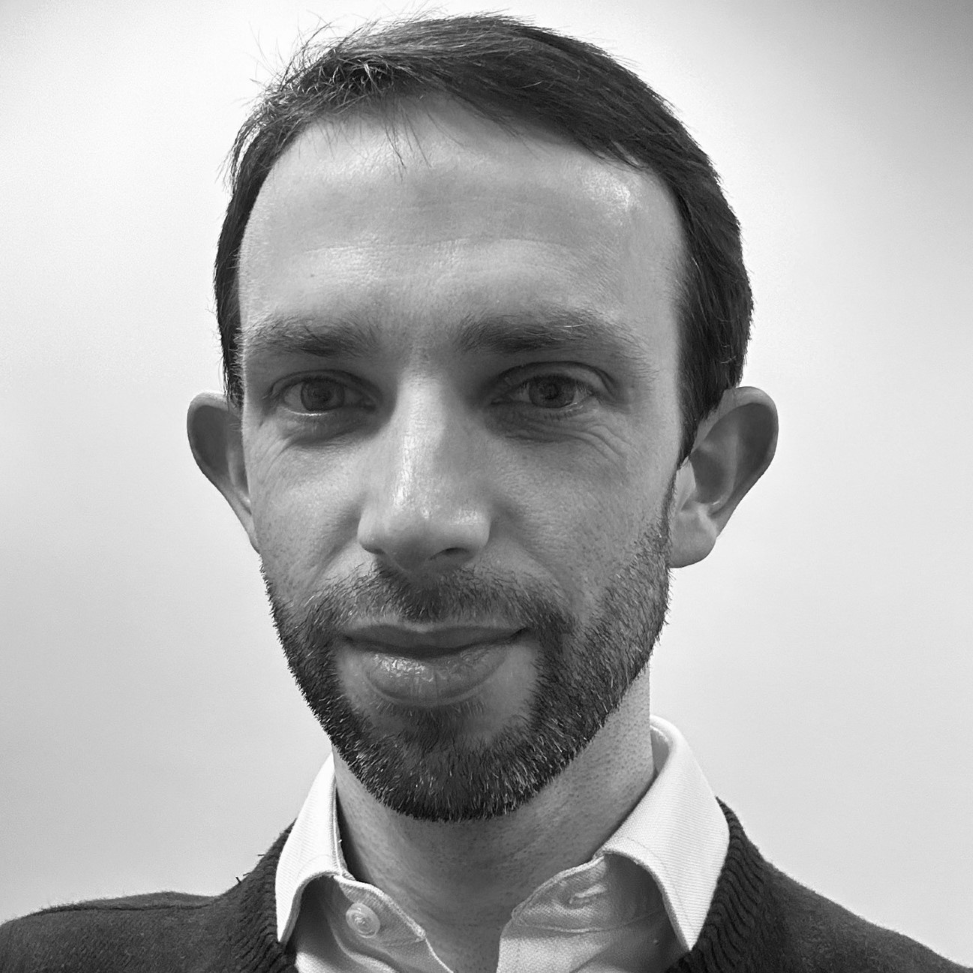
Organic Chemist Liam T. Ball, PhD, University of Nottingham, is transforming chemical synthesis by developing innovative tools for making pharmaceuticals and agrochemicals with reduced environmental impact. Ball’s pioneering work with bismuth, a non-toxic element, has enabled safer and more efficient herbicide development and drug production, including a streamlined process for the anticancer drug golvatinib. Ball has also made advancements in the synthesis of phosphine ligands, a critical tool for speeding up reactions through catalysis, making the process safer and more sustainable. By focusing on understanding reaction mechanisms, Ball’s work drives greener chemical processes, advancing medicine, agriculture, and sustainable manufacturing on an industrial scale.
Physical Sciences & Engineering Laureate

Biogeochemist Benjamin J.W. Mills, PhD, University of Leeds, has pioneered advances in Earth Evolution Modelling that has allowed him and his research group to simulate Earth’s climate and surface processes over billions of years in order to understand the ancient history of Earth’s surface environment and our planet’s path to habitability. His techniques have significantly advanced our understanding of the Earth’s atmospheric processes and climate drivers. Mills’ foundational work can be readily applied to simulating the histories of atmospheric oxygen in exoplanets, paving the way for the search for other Earth-like planets. Mills is the first Blavatnik Awards Laureate from the University of Leeds.
All nine honorees, announced prior to the ceremony, were also recognized during the evening’s festivities.
Members of the public interested in learning more about the research of this year’s Laureates and Finalists are welcome to register to attend the free, public symposium: “Imagining the Impossible: UK Scientists Changing Our World,” in-person at the Royal Academy of Medicine on March 5, 2025, from 11:00 am to 4:00 pm GMT/ 6:00 am to 11:00 am EST or online. Register HERE.
To follow the progress of the Blavatnik Awards, please visit the Awards’ website (www.blavatnikawards.org) or follow us on Facebook and X (@BlavatnikAwards).
Images from the ceremony and interviews with the Laureates are available upon request:
- The New York Academy of Sciences – Media@nyas.org
About the Blavatnik Awards for Young Scientists
The Blavatnik Awards for Young Scientists, established by the Blavatnik Family Foundation in 2007 and independently administered by The New York Academy of Sciences, began by identifying outstanding scientific talent in New York, New Jersey, and Connecticut. In 2014, the Blavatnik National Awards were created to recognize faculty-rank scientists throughout the United States. In 2017, the Awards were further expanded to honor faculty-rank scientists in the UK and Israel.
About the Blavatnik Family Foundation
The Blavatnik Family Foundation provides many of the world’s best researchers, scientists, and future leaders with the support and funding needed to solve humankind’s greatest challenges. Led by Sir Leonard Blavatnik, founder of Access Industries, the Foundation advances and promotes innovation, discovery, and creativity to benefit the whole of society. Over the past decade, the Foundation has contributed over US$1 billion to more than 250 organizations. See more at www.blavatnikfoundation.org.
